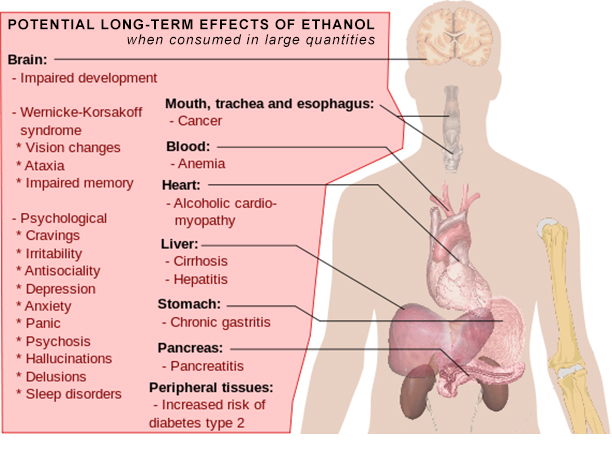The type of alcohol consumed by humans is called ethyl alcohol, or ethanol. Pure ethanol is volatile and colorless and has an odor which can often be detected on the breath when an individual has been drinking alcoholic beverages.
Ethanol is essentially a type of psychoactive drug. In fact, it is one of the oldest known recreational drugs consumed by human beings. When consumed, ethanol can produce an effect known as alcohol intoxication — an effect that has been known to humans for thousands of years. The consumption of alcohol dates back to at least Neolithic times.
We generally use a broad term — Alcoholism — to describe the many problems associated with alcohol consumption. Alcoholism is considered to be a disease and an addictive illness by the greater medical community.
Let’s define alcoholism and some of the more commonly used references to the condition within an addiction context:
Alcoholism – a condition characterized by the compulsive and uncontrolled consumption of alcoholic beverages to the detriment of health, relationships, and social status.
Alcohol Abuse – a more specific term used to describe the repetitive use of alcoholic beverages – a drinking pattern – despite significant and recurrent negative consequences.
Alcohol Dependence – also more specific; a substance-related disorder where the individual is either physically or mentally addicted to alcohol, or both, and continues to use alcohol despite considerable dysfunction and evidence pointing to physical dependence.
NOTE: Alcohol Use Disorder is essentially a clinical diagnosis. A defined set of criteria are used by physicians to diagnose the nature of Alcoholism in a given individual, and if all the criteria are met the patient will be diagnosed with Alcohol Use Disorder. Individuals diagnosed with Alcohol Use Disorder are generally classified as suffering from either alcohol abuse OR alcohol dependence.



